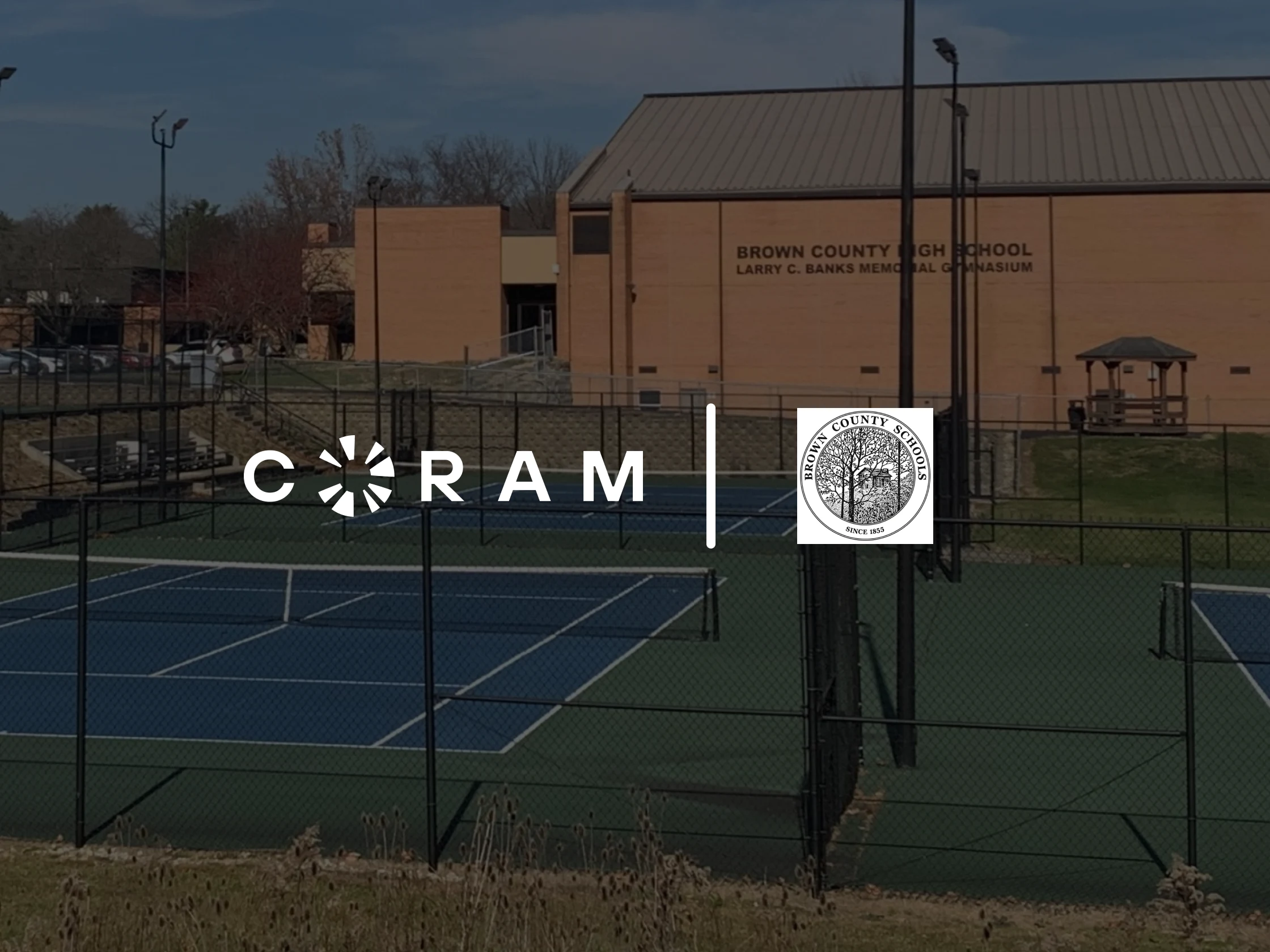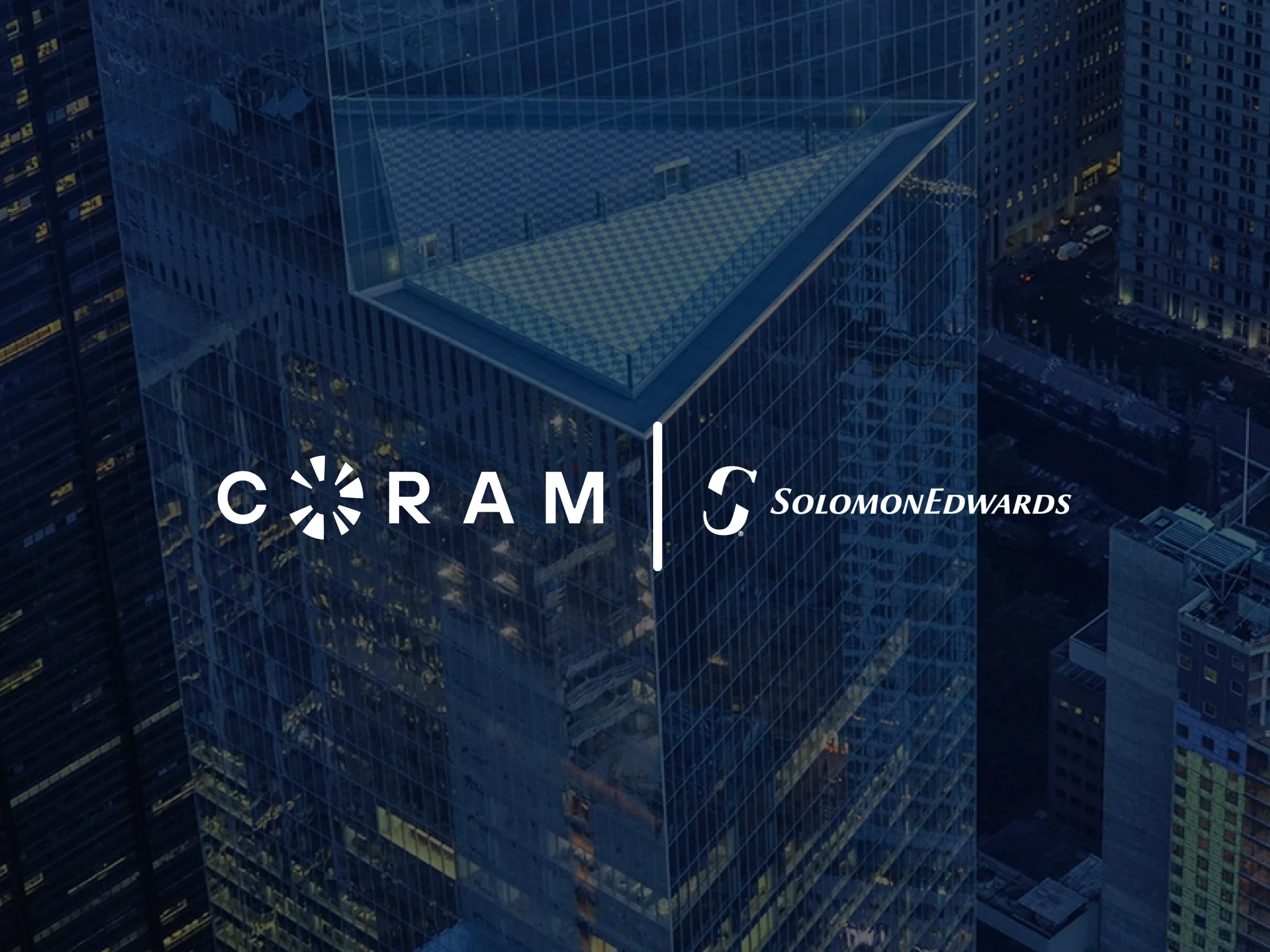Introduction
In a world where digital security is paramount, choosing the right cloud-based security architecture for your needs is critical. Whether you're upgrading an existing system or starting from scratch, the decision between Network Video Recorder (NVR) systems and closed camera systems can be a complex one. This blog aims to simplify that choice, outlining the key differences, advantages, and common misconceptions associated with each option.
Network video recorder (NVR)
This architecture features a centralized server, which serves as the core of the security camera system. It functions by storing video data, conducting AI processing, and facilitating cloud connectivity. The NVR system links to IP cameras through the local area network (LAN). Notably, this architecture is compatible with most ONVIF-compliant IP cameras, thus supporting a wide range of IP cameras. This gives users greater flexibility in terms of pricing and allows them to use their existing cameras if available.
Closed camera systems
In a closed camera system, each IP camera operates independently and does not require a centralized server. Every camera comes with built-in storage and directly connects to the cloud. This architecture typically involves both the camera and software being provided by the same vendor, resulting in less flexibility for the customer. Example of closed camera systems are Verkada, Cisco Meraki, Nest, and Ring.
Common Misconceptions About Security Architectures
1. Misconception: Closed Camera Systems Alone Offer Cloud Connectivity
It's a common belief that only closed camera systems are cloud-connected, while NVRs are not. Historically, this was somewhat accurate, as early NVR providers were slower to embrace modern cloud technology. However, this is no longer true. Contemporary cloud NVRs, such as Coram Point, are cloud-connected and often provide a superior cloud experience compared to closed camera systems, and at a more affordable cost. NVR security systems like Coram Point are fully managed via cloud, eliminating the need for users to engage in tasks like port forwarding, firewall adjustments, or connecting a monitor for configuration. They are designed for ease of use, typically requiring only 10 minutes for a complete setup.
2. Misconception: Closed camera systems store data in the cloud; therefore, they are often perceived as being safer than NVRs.
Another misconception is that closed camera systems store data in the cloud and are inherently safer than NVRs. In reality, both architectures store data on the customer's premises and not on the cloud. Closed camera systems save data on the cameras themselves, while NVR-based systems store it on the NVR server. Data is only transferred to the cloud for remote access, primarily to conserve internet bandwidth, considering the substantial amount of video data produced daily. When it comes to cloud accessibility, both systems can be equivalent, depending on the vendors chosen.
3. Misconception: Closed Camera Systems Have No Single Point of Failure
There's a belief that closed camera systems, due to lack of a centralized NVR server, do not have a single point of failure, unlike NVR camera systems. This perception, though seemingly logical, does not hold up in practice. Both systems actually share a common point of failure: the PoE (Power over Ethernet) switch powering the cameras. If this switch fails, all cameras lose power, and data is lost. NVR-based architectures often provide more durable servers with redundant power supply, network interfaces, and storage options (such as RAID 5 or 6), which are typically not available in closed camera systems. Based on customer requirements, NVR-based architecture can be enhanced to be more redundant in every aspect, thereby significantly outperforming closed camera systems in reliability and uptime.
When choosing between the two architectures, the following factors play an important role:
- Existing IP Cameras: If you already have ONVIF-compliant IP cameras, then using an NVR that can support any IP camera will be more cost-efficient.
- Pricing: Closed camera systems are typically more expensive than ONVIF-compliant IP cameras.
- Storage Space for NVR: If you opt for an NVR-based architecture, you need a space to store the NVR.
- Internet Connectivity: Both architectures require similar levels of internet connectivity at the site.
- Maintenance: Maintenance requirements are similar for both architectures. Modern NVRs, like Coram Point, are fully managed devices, meaning the end user doesn’t have to spend time maintaining the NVR.
In summary, from an end-user perspective, the software experience, cloud functionality, and feature parity between the two architectures are identical, provided the right vendor is chosen. For an NVR-based architecture, modern solutions like Coram Point offer the best of all worlds: ease of use and installation, compatibility with existing IP cameras, and an open platform that works with existing physical security systems such as access control, alarms, and environmental sensors.
Need help deciding? Talk to an expert.


.jpeg)


.webp)








.webp)
